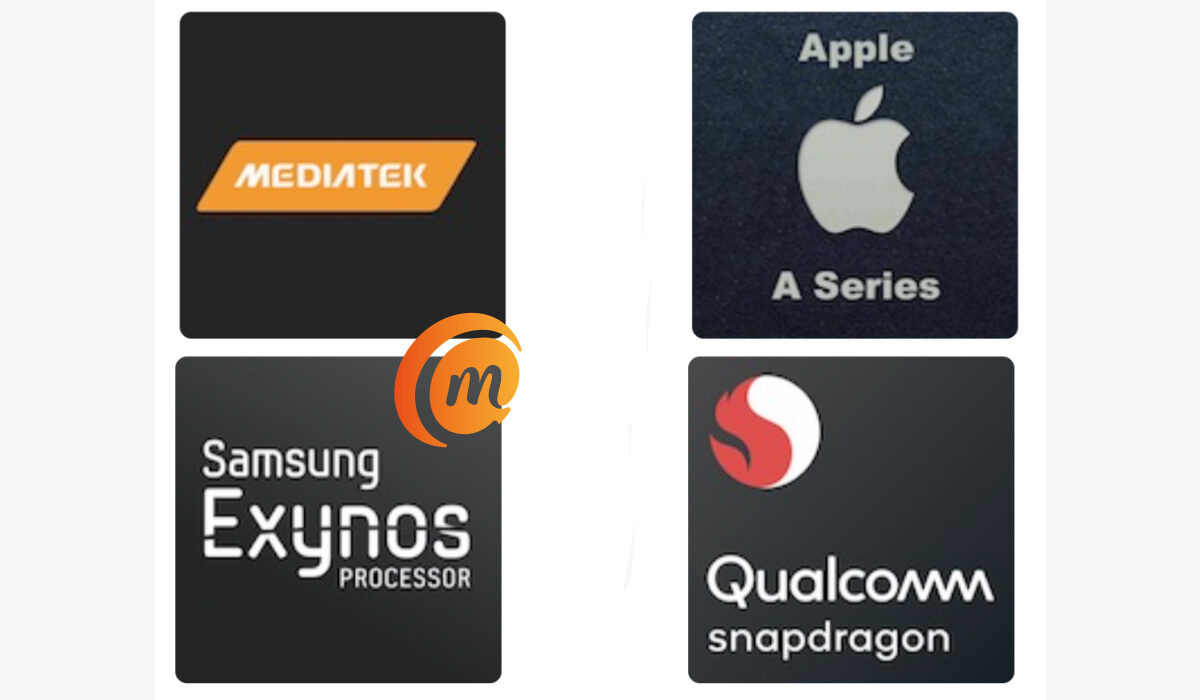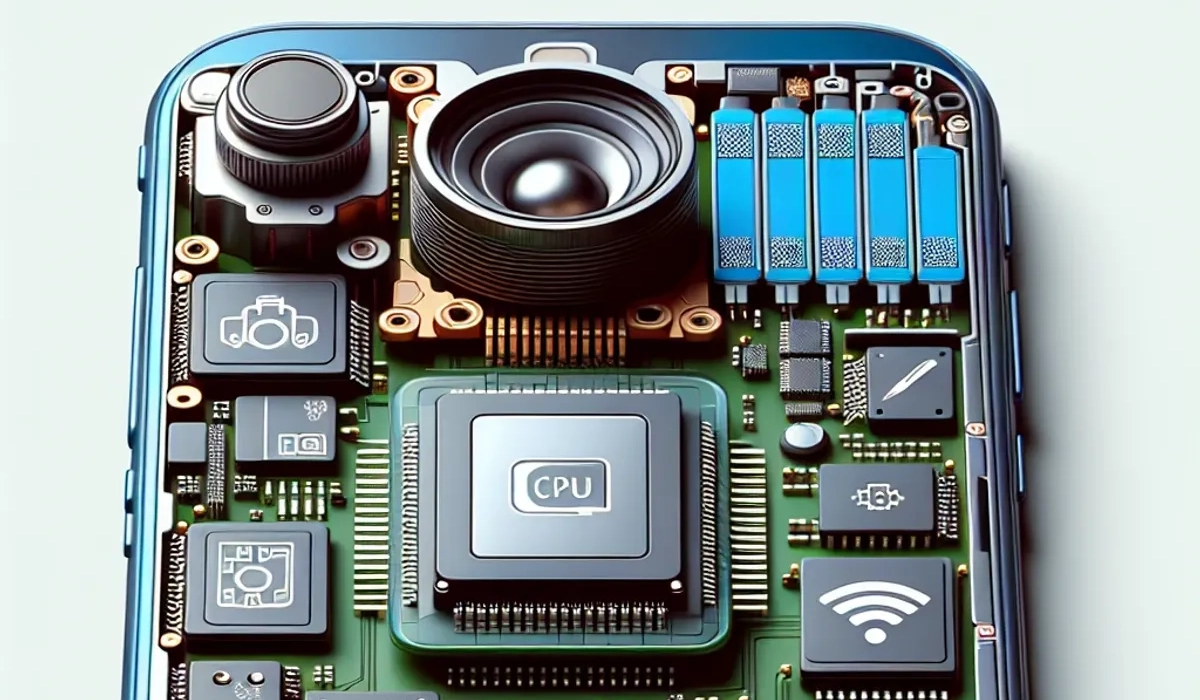Mobile CPUs are the center of the operations of any smartphone. As such, mobile CPU manufacturers play an important role in the industry. The most popular mobile CPU manufacturers are Qualcomm and MediaTek, but there are others, and I provide the list further down in this article.
You have seen the words and terms like CPU, chipset, processor, and SoC used when referring to smartphones. They can be quite confusing, especially if you are not a technical person. What are they? I provide answers below.
Table of Contents
What is a CPU?
The CPU, or Central Processing Unit, is the main processor in the computer or smartphone. It does all the calculations or processing of data. Which is why it is also known as the processor. The CPU or processor is the brain of the smartphone.
What is a GPU?
The GPU is the Graphics Processing Unit, and as the name suggests, it controls issues pertaining to how well graphics are displayed on the screen. As such, GPUs are critical to gaming, video playback, etc. The more powerful the GPU is, the higher the quality of images and videos on the screen. In other words, Graphics Processing Units determine the quality of the overall viewing experience. If you edit images and videos on your mobile device, the GPU is also key to how well those activities run.
What is RAM?
Random Access Memory (RAM) is a kind of temporary memory that provides for stored data to be received and read almost instantaneously. When you launch an app, its data is immediately written to RAM, so the app can run more efficiently. It is different from the storage memory, also called built-in memory, of a phone, which is for storing files like photos, videos, documents, etc. The bigger and faster the RAM, the more smoothly apps work on your smartphone.
What is a chipset?
A chipset is a collection of integrated circuits which are designed to function together as a unit, especially to perform a particular task within a computer system (including smartphones). It controls the communication between the CPU, RAM, internal storage, USB components, and other peripherals. A chipset can be implemented as an SoC or on a motherboard. I explain further below.
What is an SoC?
A System on a Chip, System-on-Chip, or SoC, is a single silicon chip, or integrated circuit, that integrates the CPU, GPU, network modem, and other components in one package. All these components can also be used together by plugging them to a motherboard (and this is often how it is done in PCs, but the SoC approach has them all built into a single microchip, and this is how it is often done in smartphones.
To reiterate how an SoC works, all computing systems have a CPU, GPU, RAM, ROM, and other components, and when a motherboard is used, all of them are connected as detachable or replaceable components. When a System on Chip (SoC) is used, they are all built into one microchip – none of those components are detachable or replaceable. As such, in cell phones, the words chipset and SoC can be used interchangeably.
Other components you may find inside a smartphone’s SoC
Besides the CPU, GPU, RAM, and ROM, there are other components that are typically found inside a System-on-Chip. Here are a few:
- Integrated Modems: These convert wireless signals into data your phone understands. Types of modems found in phones include 2G, 3G, 4G LTE, 5G, Wi-Fi, and Bluetooth modems.
- Image Processing Unit (ISP): These convert data from the smartphone’s camera into image and video files.
- Digital Signal Processor (DSP): These handle more highly intensive functions like decompressing music files and analysing data from a gyroscope sensor.
- Neural Processing Unit (NPU): Also called neural processors, these are used in more high-end smartphones to process AI (artificial intelligence) computing and applications. Their functions include processing facial recognition, voice recognition, and camera object segmentation.

List of Mobile CPU Manufacturers
- Qualcomm: This is an American company that makes the Snapdragon brand of chips. Qualcomm is the leading chipset maker, globally. Have a look at our Snapdragon chipset ranking.
- MediaTek: This is a fast-growing Chinese mobile CPU manufacturer. They produce chipsets branded in their own name, as well as those carrying the Helio and Dimensity labels. MediaTek’s chipsets are in use by almost every smartphone brand in the world.
- Apple Bionic: Apple’s Bionic chips are some of the most powerful in the smartphone industry. They are used only in iPhones, iPads, and iPods.
- Exynos: This chipset brand is owned by Samsung and are used only in Samsung smartphones. Check out our Exynos Chipset list.
- Unisoc: Formerly known as Spreadtrum Communications, Unisoc produces chipsets for low and medium-end cell phones. Their chips have been used by many smartphone manufacturers.
- HiSilicon: This mobile CPU manufacturer is owned by Huawei and the chips are found only in Huawei and Honor smartphones.
- JLQ Technology: This brand is relatively new on the scene and as far as I can tell, it has been used only by Xiaomi (in the Poco C40) at the time of this article.
Hopefully, this article has given you a clearer understanding of what CPUs, GPUs, chipsets, and SoCs are and how they work. And hopefully, you are also now more conversant with mobile CPU manufacturers, whose work is essential to the functioning of your smartphone.
